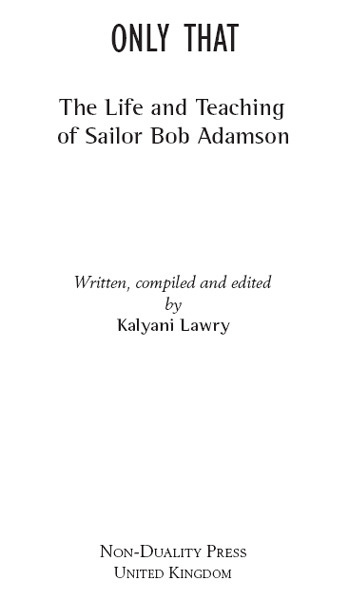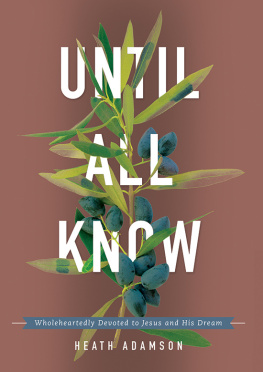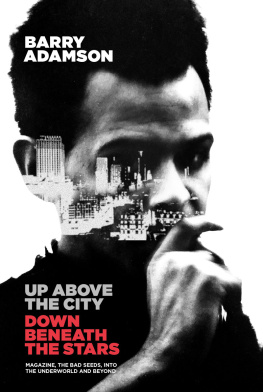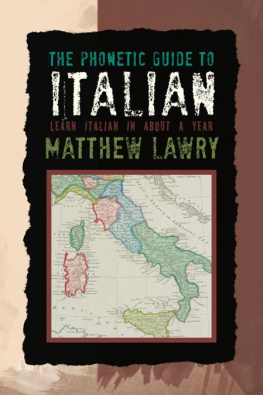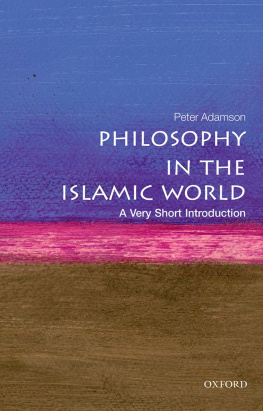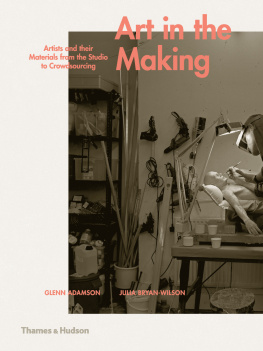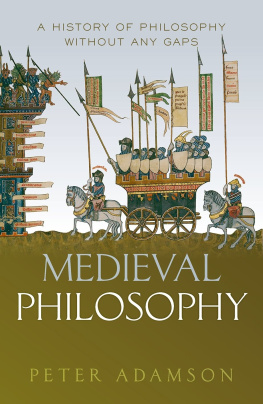ONLY THAT: THE LIFE AND TEACHING OF SAILOR BOB ADAMSON
First paperback edition published July 2010 by
Non-Duality Press
Kalyani Lawry 2010, 2013
Non-Duality Press 2010, 2013
Cover design by Kees Schreuders:
Kalyani Lawry has asserted her right under the Copyright, Designs and Patents Act, 1988, to be identified as author of this work.
All rights reserved
No part of this book may be reproduced or utilized in any form or by any means, electronic or mechanical, without prior permission in writing from the Publishers.
Non-Duality Press | PO Box 2228 | Salisbury | SP2 2GZ
United Kingdom
eISBN: 978-0-9563091-7-4
www.non-dualitypress.org
Acknowledgements
My deepest gratitude to Bob in whose presence the story ended.
Special thanks to Barbara for her comments and insights.
To Bill Tys for casting his sharp eye over the manuscript.
To Tony Di Donato for the tidying up of the photos.
And to all who have offered their recollections and helped this book to fruition.
Thank you to my dear husband Peter without whom this book would not have been completed.
And to Julian and Catherine of Non-Duality Press for making this story available to all.
My love to each and every one.
Contents
Illustrations
Credits: (Alinta Farm) Eric Magee. (Bob and Kalyani) Tony Di Donato. (Bob at front door) Kalyani Lawry.
Foreword
A ll phenomena are like the sky and the characteristic feature of the sky is its natural condition. Every thing abides in this natural condition. No phenomena manifesting to perception can be altered from their authentic state.
Nobody in the past who has set out on the path has reached the destination by persisting in seeking and striving. Nobody who has undertaken action has ever achieved the fruit. Nothing can be altered from the natural condition. All abides therein.
This quote, from a Dzogchen text from over two thousand years ago, points to the non-dual essence that has always and ever been just this and nothing else. That effortless recognition is the natural way of abiding. May the effortless recognition occur through the reading of this book, as it has in the writing expressing effortlessly through the pattern labelled Kalyani.
Bob Adamson
Melbourne, Australia
March 2010
PART 1
The Life
A Biography of Sailor Bob Adamson
Preface
M y first recollection of Bob Adamson arises from March 1974 as he walked into the large front room of a house in Melbourne, Australia, where Swami Muktananda Paramahansa was about to give an address to a gathering. The daily programme began in the early morning with chanting and meditation, then satsang in the late afternoon and chanting in the evening. For whatever reason, I noticed Bob. I often watched him come in and sit down. His attention was always very focussed and one-pointed as he found his place.
In the spirit of the times, a large number of those attending were young, long-haired and attired in Indian style clothes. Bob however was a proper looking man, upright, strong and roughly my parents age mid 40s. He had a woolly beard and sideburns and wore a little pink knitted beanie that looked distinctly at odds with his demeanour. The beanie had a very loose pom-pom that used to bob around, and thats how I remembered his name, though it is unclear how I came to know it in the first place. Each time he entered the room and sat down, I would look across to check if the pom-pom was still attached.
Muktananda visited the Adamsons home in Ivanhoe for a satsang and my husband, Peter, and I were among those who filled the large front room to capacity. Bob and his wife Barbara continued to hold regular chanting evenings after the Australian tour finished. We next saw Bob at Muktanandas ashram in Ganeshpuri, India, in late 1975. Muktananda was away on an extended stay in America at the time and there were only a handful of westerners there. Jobs were allocated; I cleaned toilets and gardened while Peter worked in another section of the garden with a few of the men.
Peter recounts, One morning I was assigned to work with Bob in the composting area of the garden, or shit pits as we called them. Bob and I were both turning the piles of rotting vegetable matter and mixing in elephant dung. We had just started for the day and, as Bob stuck his shovel in, a large king cobra slithered out. In India, the cobra is considered auspicious and believed to be a manifestation of Lord Shiva. But as an Australian, Bob instinctively jumped back, lifted his shovel and yelled, Shit! A snake! With one quick strike he cut off its head, and then proceeded to dice it into pieces calling it a fucking snake. People working nearby heard the commotion and came to investigate. The news circulated quickly around the ashram and they were quite dark on him for a while.
After Peter and I departed from Ganeshpuri, we bumped into Bob and fellow ashramite Mark West on a street in Bombay. Theyd just come from the jewellers and proudly showed us their large pendants engraved with Sadguru Nath Marahaj ki jai . At that stage Bob talked about going to see Nisargadatta and invited us along. However, as we had plans to be at Ramana Maharshis ashram in Tiruvannamalai for Shivaratri, a religious festival, we declined.
There are all sorts of details about Bob that I recall from those days in the 1970s: the colour and features of the shirt he was wearing in Bombay, his habit of shifting weight from one foot to the other, his gaze which used to constantly move around and rarely settle during conversation, and his habit of turning his head to the side when listening. These days his energy is unwavering and constant, his bearing is steady, his gaze is direct and uninterrupted and he wears hearing devices.
Back in Melbourne in 1974 during Muktanandas visit, the Adamsons had lent their large rug to cover the bare floor of the satsang room. Bob had also contributed a large sum of money to help finance the tour. Perhaps some of that money paid for the advertising that drew Peter and me to the daily programmes and the opportunity to spend much of the day around Muktananda. It seems ironic that the carpet I remember sitting on as a 21 year old, and the carpet I sit on decades later, are both Bobs.
Its also now clear as to why I should remember him so well and in such remarkable detail, especially given that I have no recollection of any conversation with him. In the stillness, the oneness, the eternal, notions of past and present collapse into the emptiness from which they spring. Given this, where could forgetting be?
Introduction
T his short biography is woven out of the fragments of memories and reflections patiently offered by Bob and supplemented by his wife Barbara. The gathering, selecting and organising of these recollections attempts to illustrate Bobs Bobness, the unique human pattern vibrating and expressing as that particularised form. That Bobness is remarkably ordinary, yet profoundly extraordinary. There are some who recognise him, yet for the many, he remains unnoticed. Either way it doesnt matter.


